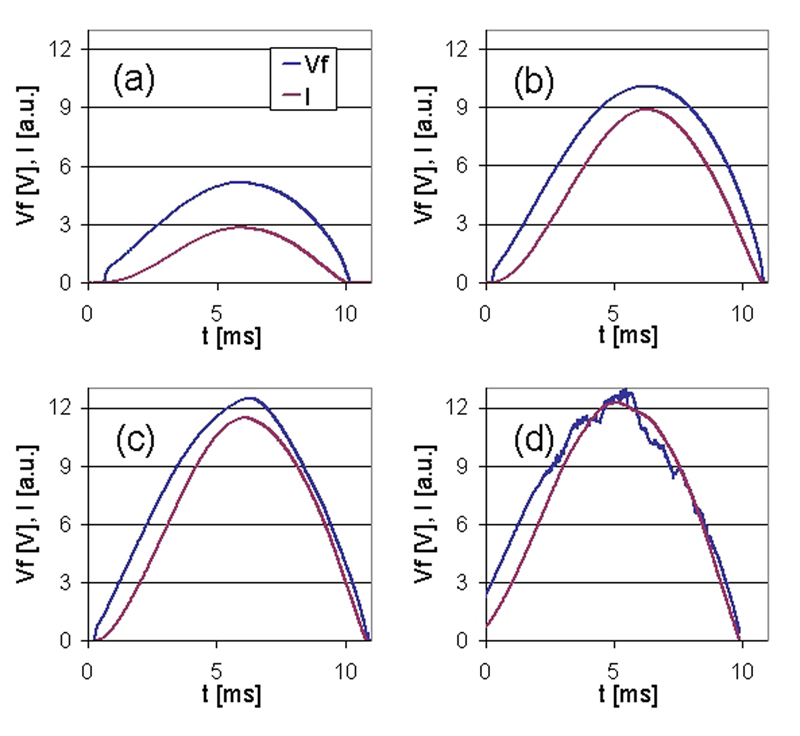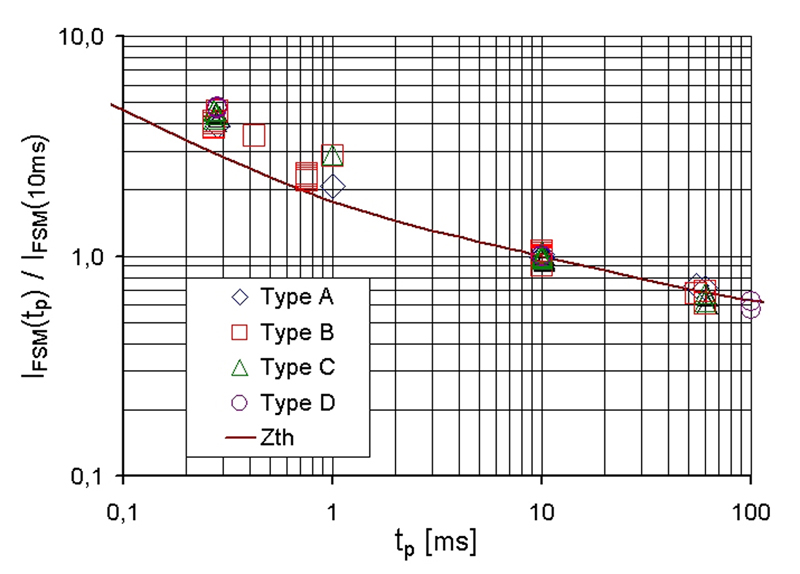Author:
By Werner Obermaier, Head of Product Marketing, Vincotech GmbH
Date
11/24/2010
In a world where energy efficiency is king, engineers, managers and purchasing departments alike need to examine carefully the route their company takes in the development of new products. It is no longer just a case of going back to the usual module suppliers. Total optimization is now absolutely vital and this can only be achieved cost-effectively with careful forethought and the right module manufacturer. The market for power modules has proven to be highly successful and has taken a huge load off companies' purchasing and engineering departments by providing a compact, affordable solution which works right first time. EMI and matching issues are all taken care of with negligible tweaks required. This is a giant leap forward from the traditional method of using discrete components which often required several expensive and time-burning iterations of laborious design to become optimized. But now the market's requirement is not just for a fast and convenient solution. With the burgeoning adoption of UPS and solar energy sources and the proliferation of so-called solar farms, inverter efficiency takes on a completely new dimension. Every fraction of a percentage-point increase in terms of efficiency and reliability equates to profit. These systems are installed with the acknowledged expectation that they will run continuously (in the case of UPS) and maintenance-free for a predicted lifetime of up to twenty years. The individual components and topologies selected at the outset, determine the profitability of the operating system. It is a vitally important strategic, purchasing and technical decision to make - and one that cannot be taken lightly. Going back to regular suppliers in the belief that everything is optimized is an assumption that may result in a lost opportunity in the market differentiation of the final product. Most of the larger companies supplying power modules are constrained in their selection of individual components by corporate edicts and long term alliances, resulting in an adequate, although not necessarily optimum, solution. With the hugely diverse range of components now available, the power module designer with no constraints on component selection is the only individual with the ability to truly optimize a system to maximize efficiency, reliability and profit for the end customer. Such scenarios are, however, rare. Working with general suppliers always results in a compromise solution. Nothing less than the Optimum While in the past a good product which could provide the required performance was good enough, with the globalization of the market and increased competition, this has changed significantly. Companies now have to develop the best possible product to maintain competitiveness. This, in turn, increases the attention to and demands on the individual components used in the product, which is especially true for components providing higher integration levels like power modules. While power modules have become the standard power component for frequency inverters in industrial drives due to their high reliability, low assembly cost and long usable lifetime -and because of their high load cycle capability in combination with high power capability, this has not been the case in other areas such as solar inverters. The solar inverter market is still driven by the goal to reach the highest possible efficiency. This is normally achieved by using innovative although increasingly complex topologies like HERIC®, H5, NPC, mixed voltage NPC or similar, combined with state of the art semiconductors. In the past this was achieved in most cases by selecting discrete semiconductors from a variety of vendors to achieve the optimum solution. With today's increased complexity of these circuits, the higher power levels handled and the larger production volumes, the use of a power module as a subsystem would, in theory, become the obvious next step if it were not for one huge limitation: Most power module manufacturers are at the same time power semiconductor manufacturers making it almost impossible for them to use devices in their power modules from competitors - even where these would be a better, more efficient choice for the targeted application or topology. Vincotech is in the unique position to focus on power module manufacturing only, which allows the company to choose from the widest range of semiconductor suppliers. This enables the company to provide modules with a completely optimized chip selection. One example of this is the flowNPC 0 module FZ06NPA070FP. Here, a combination of MOSFET and IGBT from different vendors is used to build an optimum product, outperforming both a pure MOSFET and IGBT solution. Figure 1 shows the circuit diagram of the FZ06NPA070FP module which contains the semiconductor for one phase of a 3 phase clamped neutral point inverter. The outer switch is built by a combination of MOSFET and IGBT and is used to generate the high frequency PWM signal. In this arrangement the MOSFET will be turned on first providing low turn on losses due to its high switching speed, while the IGBT will be turned on afterwards, adding high current low conduction loss capability during the most of the on-time. The turn-off will take place in the opposite sequence; turning off the low speed IGBT first, thus avoiding the normally present tail current with its inherent switching losses. The current waveform for the two devices during one cycle showing the current sharing can be seen in Figure 2.

Most IGBTs used in parallel switch configuration suffer from the effect in that the stored carrier will not recombine during periods where no collector emitter voltage is present, resulting in additional tail current when the MOSFET is turned off, which in-turn results in additional turn-off losses. This can be avoided by using Fairchild's PT-IGBTs as parallel switch. Figure 3 shows a comparison of module efficiency at different nominal output power levels for the FZ06NPA070FP with the parallel switch and the FZ06NRA045FH with the single MOSFET switch. Both modules are using the same total chip size for the switch. The module with the pure MOSFET switch provides slightly higher efficiency at light load due to the resistive characteristic of the MOSFET, while the parallel switch provides higher efficiency over a wide output power range, resulting in a higher overall efficiency and in turn higher output power capability

Conclusion Power modules can provide benefits to power electronic equipment such as solar inverter and UPS, especially at higher power levels for more complex circuits and if high reliability levels have to be achieved. For optimum system performance, the combination of a variety of semiconductors, carefully selected from a broad range of semiconductor vendors is required - especially for the upcoming solar inverter market. Vincotech as a specialized power module manufacturer with its wide semiconductor supplier range, is best positioned and equipped to serve and deliver on these requirements. www.vincotech.com